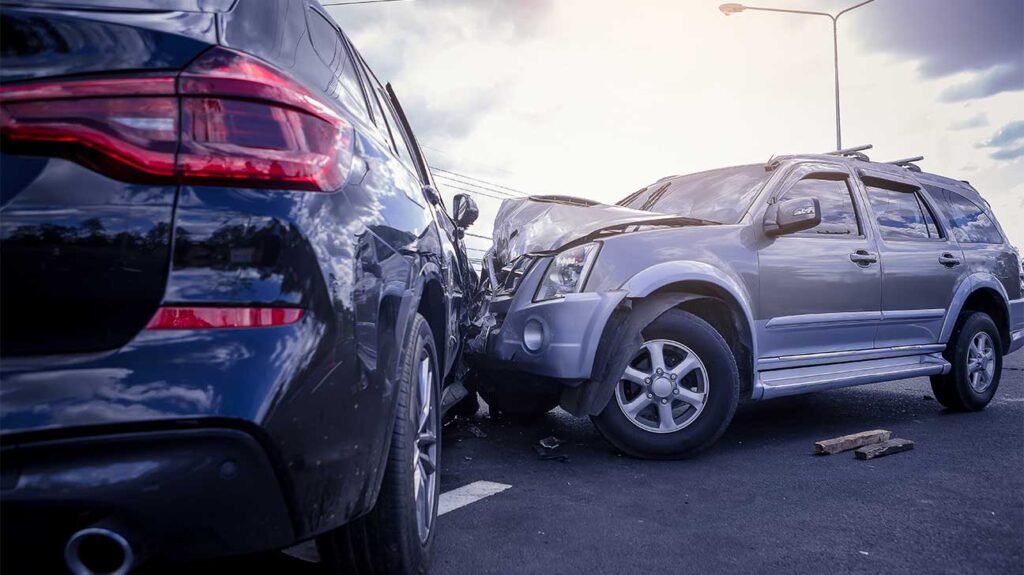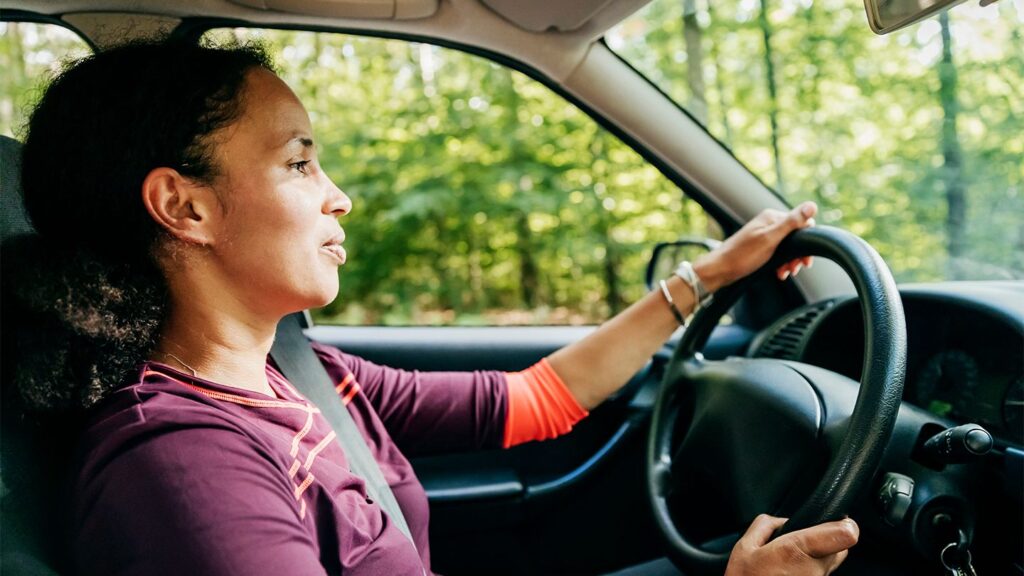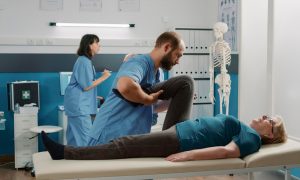While it may seem like vehicular accidents or a force of nature or an act of God, the reality is, most car accidents are entirely preventable. But why is this the case? And what steps can you take to prevent the majority of car accidents?
Preparing for the Worst

Source: wikipedia.org
First, we should acknowledge that there are some car accidents that are totally unpreventable; and even if you do everything possible to prevent car accidents, the mistakes and recklessness of other drivers can make you the victim of a car accident. Accordingly, you should be prepared for the worst and understand what to do if you are involved in an accident.
- Stay calm. Though the situation will be scary, emotional, and potentially painful, it’s important to stay calm. Keeping calm and retaining your rationality will help you make better decisions.
- Get to safety. Get yourself and anyone else involved in the accident to safety as soon as possible. If your car is drivable, pull off to the side of the road.
- Get help. After that, get help. Call an ambulance if necessary. Call the police and file a police report. According to Hancock Injury Attorneys, it’s also important to talk to a car accident lawyer as soon as possible to discuss the accident and what happens next.
- Gather evidence. After that, you should focus on gathering evidence, taking photos and videos, collecting witness statements, and recording your own perspective.
What Studies Show About Human Error
According to 2016 research by the National Highway Transportation Safety Administration (NHTSA), it’s estimated that between 94 and 96 percent of all accidents are directly attributable to human error. That’s because our vehicles, our infrastructure, and our rules for operating motor vehicles are all designed with safety in mind; if everyone followed the rules precisely and drove “perfectly” according to our high-level designs, the rate of car accidents would be nearly zero.
Common Causes of Car Accidents

Source: sigelmanassociates.com
We can better understand the role of human error by examining the most common causes of car accidents.
- Distracted driving. Despite a concentrated effort to raise awareness of this issue, distracted driving continues to be a problem. If you take your eyes off the road even for a few seconds, you could put yourself in danger of hitting an obstacle or another vehicle. Conditions on the road can change in an instant, so even a small and temporary distraction can cause an accident.
- Drunk/intoxicated driving. When you drink alcohol or consume other types of intoxicating substances, you distort your perceptions, hinder your reaction time, and impair your ability to think and judge distance. Despite this, millions of people still drive drunk every year.
- Inclement weather. Heavy rain, snow, and ice can all make driving much more difficult. If you’re not properly prepared for this weather, it can lead you to an accident.
- Speeding. The faster you drive, the less control of the vehicle you have and the less time you have to react to changing situations around you. This is just one reason why it’s important to comply with posted speed limits at all times.
- Ignoring signs/signals. If you run a red light, blow through a stop sign without stopping, or travel the wrong way down a one-way street, you’ll instantly skyrocket your chances of being involved in a collision.
- Vehicle defects. If your vehicle isn’t in proper working condition, or if it’s defective in some way, the chances of an accident will also increase. Complying with recalls and maintaining your vehicle regularly can help you avoid problems here.
Preventing Car Accidents

Source: everydayhealth.com
With these causes in mind, the best strategies you can use to prevent car accidents include:
- Avoid distractions. Avoid distractions as much as possible while driving. You should never multitask when driving, so don’t put on makeup, eat food, or text other people when you should be focused on the road. It’s also a good idea to avoid potentially distracting situations, such as kids fighting in the back seat of the car, while you’re in the driver’s seat.
- Never drive while intoxicated. Though it should be obvious to most people by now, it’s important to stress how important it is to never drive while intoxicated. Even if you’ve only had one drink, and even if you feel somewhat sober, if you’ve had any intoxicating substance, you should avoid driving until you’re completely sober. Similarly, you should avoid driving if you’re exceptionally tired or in an altered state of mind.
- Slow down. Reduce your speed. Driving slower buys you more time to react to things on the road, including the errant behavior of other drivers. It also reduces your collision speed, potentially reducing the damage if you are involved in an accident.
- Increase the following distance. Another important safety strategy is to increase your following distance. Adding one or two extra car lengths of the following distance can ensure you have plenty of time to brake or avoid an obstacle if the conditions in front of you suddenly change.
- Obey all laws and signs. Laws and signs exist for a reason: to keep you and other drivers safe. It’s important to familiarize yourself with all local laws so you can comply with them consistently. It’s also important to take all posted signs seriously and follow them to the best of your ability.
- Watch for other drivers. The central principle of defensive driving is to anticipate potentially dangerous situations – and the mistakes of other drivers. Always keep an eye out for potentially reckless drivers in your surroundings.
- Buckle up. While wearing a seat belt may not be able to prevent accidents from happening, they can keep you safe if you are involved in an accident. Buckle up – and make sure everyone else in your vehicle is buckled up as well.
Our roads could be much safer if everyone followed these strategies to reduce car accident rates to an absolute minimum. We may never be able to get car accident rates to zero, but we could potentially get very close if we eliminated most accidents attributable to human error.

















